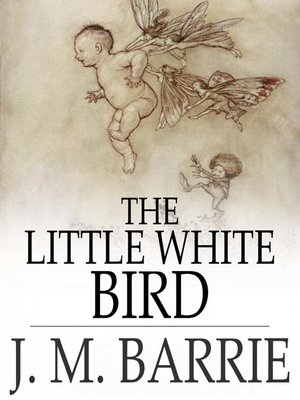Around this time every year I usually take a look back at what I've written, submitted, published, and so forth, and put that into a SleuthSayers post--probably because it requires very little effort or imagination on my part. (The imagination machine in my head this late in the year is usually panting and wheezing and ready to put all four feet in the air.)
One problem, though, with my previous summary reports is that I've always included lots of statistics and percentages--probably too many. So this time I'm doing more of a casual observation. The only numbers I'll mention are these: I wrote fewer new stories in 2022 than in 2021--34 vs. 38--and had about half as many stories published this year as last--33 in 2022, 61 in 2021. I can't account for either difference, except that (1) I seem to be writing longer stories now, and (2) many of those stories that were scheduled to come out in 2022 have apparently been postponed until '23. (Best-laid plans and all that.) I currently have 35 stories that have been accepted but not yet published, in AHMM, EQMM, Woman's World, Mystery Magazine, Sherlock Holmes Mystery Magazine, Black Cat Weekly, Black Cat Mystery Magazine, and others--and about a dozen anthologies and podcasts.
Having said all that . . . here are some observations I might make about this past year's literary output:
- I had more publications in magazines this year than in anthologies. I think one reason was that I saw fewer calls for anthologies--but another is that I might not have been as inclined to (or as able to ) produce stories with the themes needed by those anthos I did see.
- Most of my magazine stories published this year were in AHMM, Woman's World, Mystery Magazine, and Black Cat Weekly.
- Most of my anthology stories were published in response to invitations by editors rather than via open calls for submissions.
- For a change, I had more "series" stories published this year than standalone stories. They were installments in five different series.
- This year I published (and wrote) more stories based on real historical events. Some of that is due to anthology calls/requests for stories set in a certain time period or certain location, but others--including those in magazines--were just personal preference. I've found I like reading those kinds of stories, so it made sense to start writing more of them.
- All the stories I had published this year were set in the U.S. (Unusual, for me.)
- As always, none of my published stories were written in present tense. I don't usually like reading those, so I don't like writing them. Give me the old past-tense, once-upon-a-time style.
- I did more tuckerizing this year (using friends's names as character names in stories, at their request).
- More of my stories published in 2022 were undiluted mystery/crime/suspense than in years past. Less than a dozen this time were cross-genre, and by that I mean mystery/western, mystery/fantasy, mystery/horror, etc. Far as I know, there was no reason for that; it just happened.
- I had fewer western-themed stories published this year--half a dozen of them, mostly standalone stories in Mystery Magazine and one in AHMM.
- I had more stories than usual published this year that were written in first-person POV. Again, I don't know why. Up until now, most of my writing was in third-person (usually third-person multiple), because it often seems to be easier to build suspense and tension via third-person ("As the hero left the apartment, the villain watched him from the window across the street," etc.). But even my crime stories this year were written more in first-person than third.
- My published-in-2022 stories were usually longer (higher wordcount) than in previous years. Some of that was due to fewer stories sold to Woman's World and other flash markets, but also to the fact that I now just seem to be creating stories with more scenes and characters than before. Maybe I can blame that on my watching more cable series like Ozark, Yellowstone, etc., instead of two-hour movies. (Just kiddin.')
- I had fewer stories published this year in online-only publications and in non-paying publications. Almost all were in print markets and in paying markets.
- I had fewer reprints published in 2022 than I normally do--most were original stories. I think that's because (1) more of my anthology stories this year were written specifically for the antho's requirements and (2) I've sold more stories recently to magazines that require previously-unpublished work.
How about you, and your own literary year? Was it a good one, or not-so? Do you see any changes or trends in what you're writing or how you're writing it or where you're submitting and publishing it? Nosy SleuthSayers want to know.
Now, to the important stuff:
I wish all of you a happy and healthy and prosperous 2023!
See you next year.






















.jpeg)

.jpeg)








